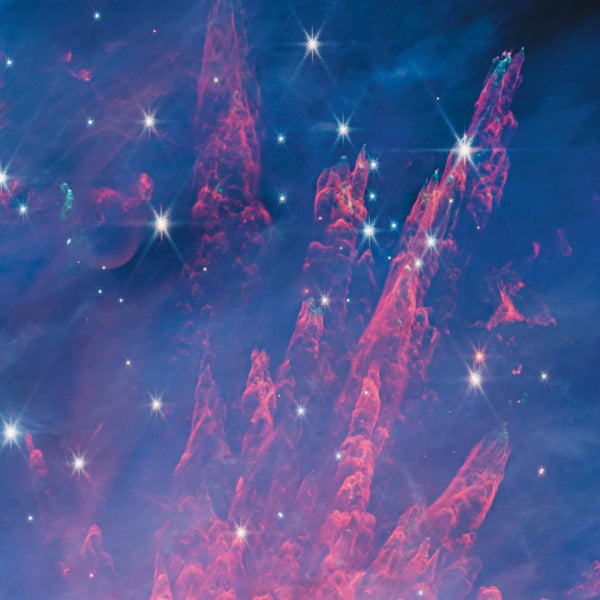Mysterious Free-Floating Planets in Orion Nebula Emit Radio Signals
 |
| Illustration: scientificamerican.com |
Astronomers have been puzzled by a pair of free-floating planets in the Orion Nebula since they were first photographed by the James Webb Space Telescope (JWST) in October 2023. These Jupiter-sized celestial bodies challenge the traditional belief that planets can only form within a star's orbit. The researchers are unsure of how these planets formed or why they emit such a bright light.
In a recent study published in the Astrophysical Journal Letters, researchers have found radio-wavelength signals coming from one of these free-floating planets. The signals were detected from a binary object known as JuMBO24. The recurrence of these signals over a decade suggests that JuMBO24 may have been born alone rather than being ejected from a star system. This discovery adds a new dimension to the understanding of these mysterious objects.
The Orion Nebula, where these free-floating planets are located, is incredibly far away, making it surprising to detect radio emissions from this region. Large planets' magnetic fields can generate radio waves, but the brightness of JuMBO24's signal is unprecedented. If confirmed, this would make JuMBOs even more perplexing, as no ordinary planet's magnetic field can produce such a brilliant glow. Further studies and radio surveys are needed to confirm the status of JuMBOs as powerful radio sources.
The discovery of these free-floating planets challenges current theories of planetary formation. If planets like JuMBO24 can form without a host star, it suggests that there may be countless planets in our own galaxy that have yet to be accounted for. This opens up new possibilities for understanding where planets come from and how many exist in the universe.

Tidak ada komentar